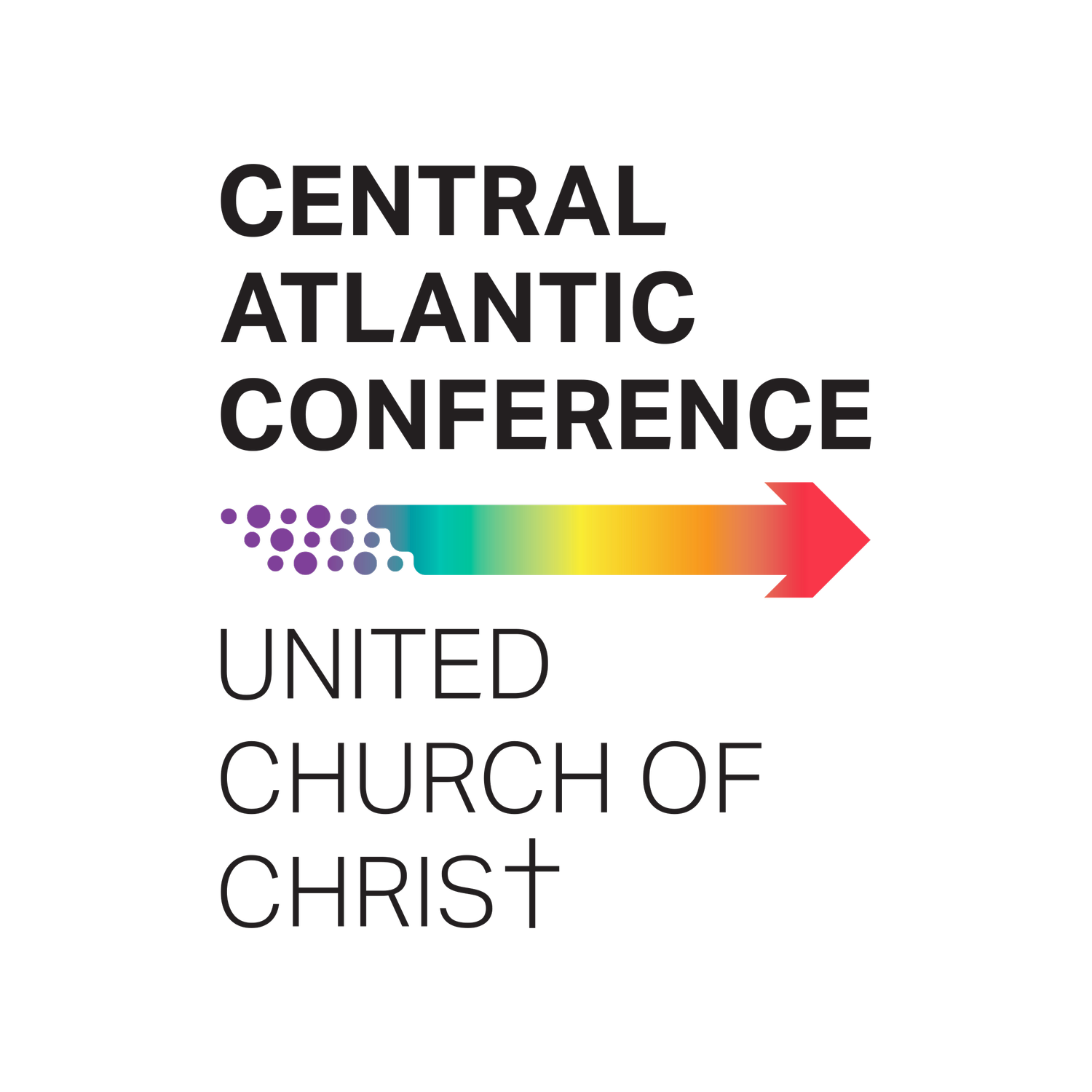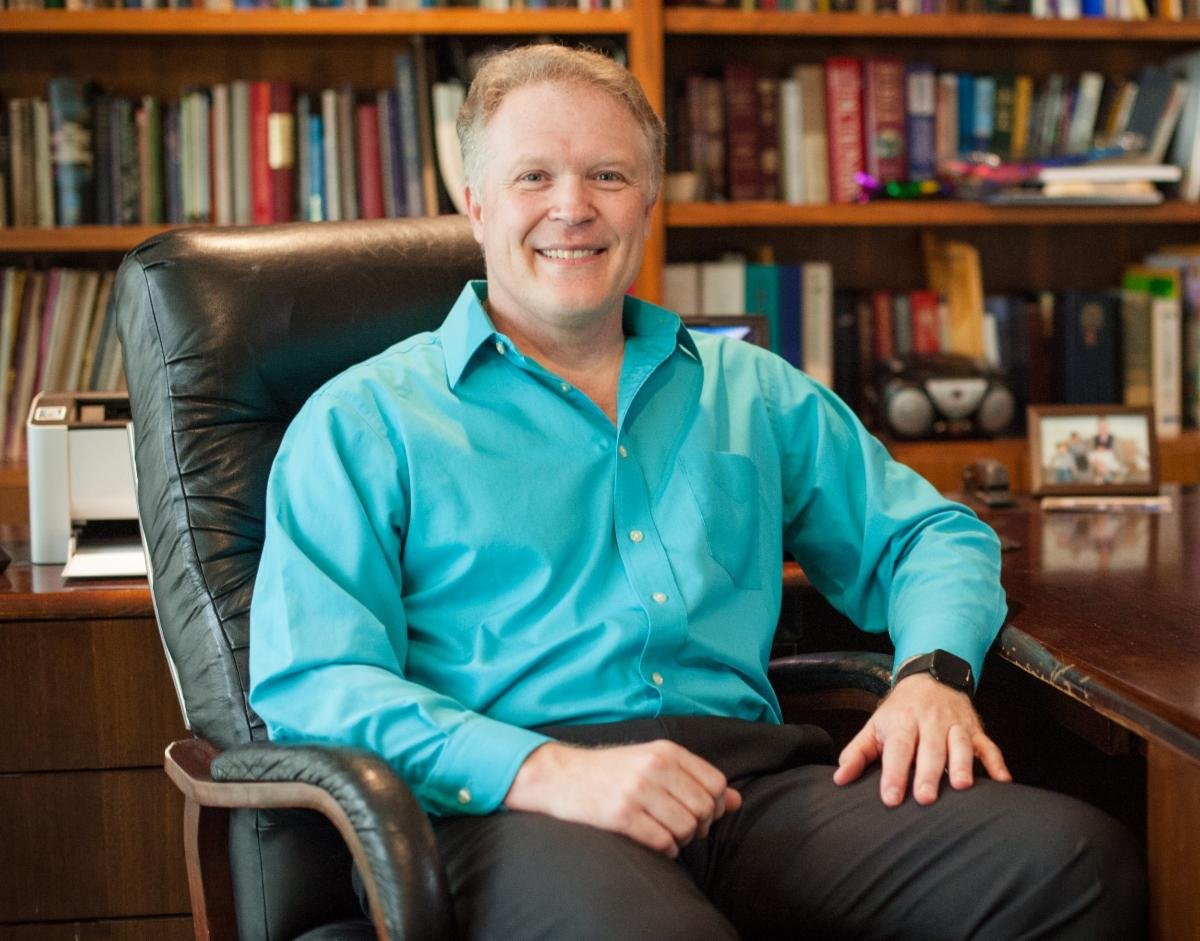
April 25, 2024
The angels asked her, “Woman, why are you crying?”
She replied, “They have taken away my Lord, and I don’t know where they’ve put him.” As soon as she had said this, she turned around and saw Jesus standing there, but she didn’t know it was Jesus … John 20:13-14 CEB
During this Easter season, my mind often returns to this moment in John’s account of Easter morning, for it reminds me of an important lesson on my faith journey. I, like Mary in that moment, too often fail to recognize the presence of the living Christ in my midst because I am busy looking for expressions of Jesus that look how I expect them to look. My challenge, then, is to let go of old expectations and be open to the new ways in which God is expressing Godself.
In my work on congregational development, I am constantly challenged to let go of the old ways of being church and embrace the new. One of these ways has to do what the leadership of a congregation looks like.
I was raised in a mainline tradition that taught me that the individual who stood before a congregation should always be a seminary-trained, ordained individual. Anyone who didn’t fit that narrow description wasn’t really a pastoral leader.
Thankfully the United Church of Christ has helped me broaden my notion of what pastoral leadership can look like. First, we expanded our understanding of what the path to ministerial authorization looked like when we embraced multiple paths of ministry that honored preparatory work that took place beyond the walls of a seminary. Later, we built upon our legacy of licensed pastors to embrace lay ministerial standing. In both instances, lay persons who stepped forward were given the same privilege that authorized/ordained individuals were given – but in a more limited setting.
The move toward multiple paths to ministry and lay ministerial standing were efforts to acknowledge that the risen Christ was present among us and working in new ways – calling new people into ministry who would not have neatly fit previous assumptions about what ministry is.
Our challenge, then, is to do what Mary struggled to do in the garden that day: recognize the presence of Christ when it reveals itself in new ways.
We are working hard to do that in the Central Atlantic Conference. This past Sunday, for instance, when the Conference was looking for ways to observe Earth Day, we turned to three lay ministers from the New Jersey Association to lead us in a Earth Day Eve service: Jacob Baccus, from First Congregational Church of Verona; James Vespoli from Panther Valley Ecumenical Church; and Phil Hess, from Plainfield UCC Congregational Church. The service was a powerful way to not only celebrate Earth Day, but to lift up expressions of ministry that often get overlooked.
Similarly, knowing that more local churches are unable to call an authorized pastor, the Conference has created a Community of Support for Lay Worship Leaders. The group creates a space where lay worship leaders in local churches can come together to share resources and experiences and build expressions of encouragement that lay worship leaders did not enjoy in previous generations.
These efforts provide us with an opportunity to shake off previous assumptions about pastoral leadership and open ourselves to new expressions of what God is doing in our midst.
If you are in a local congregation being served by a lay minister or lay worship leader, my message is simple: “We see you, and we honor your ministry.” We are working hard to create networks of support that can help sustain your community as you work to discern the future to which God is calling you. Know that in this season of discernment, you are not alone.
Grace & Peace,
Craig Peterson
Rev. Craig Peterson
Associate Conference Minister
Central Atlantic Conference UCC

